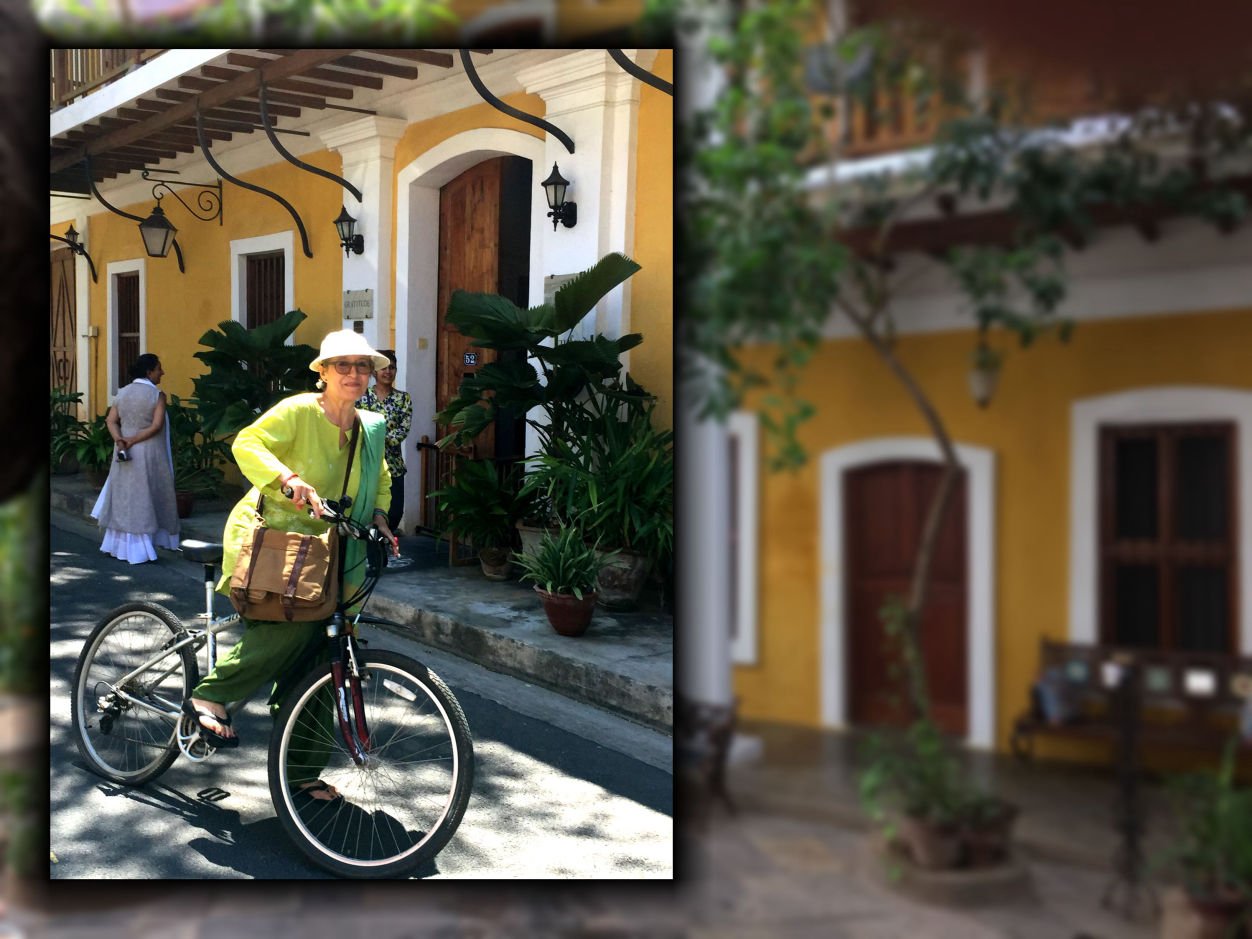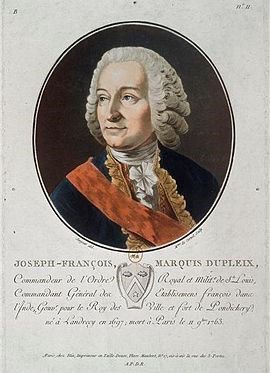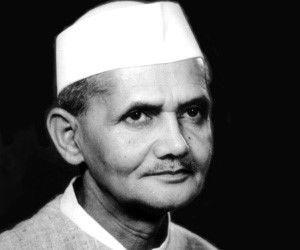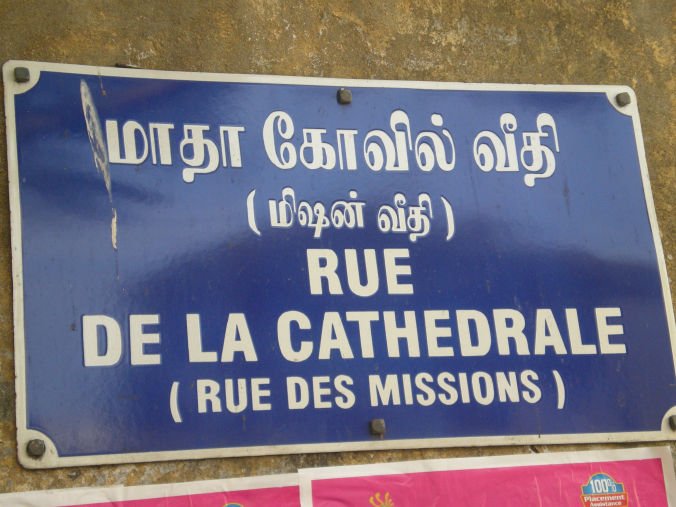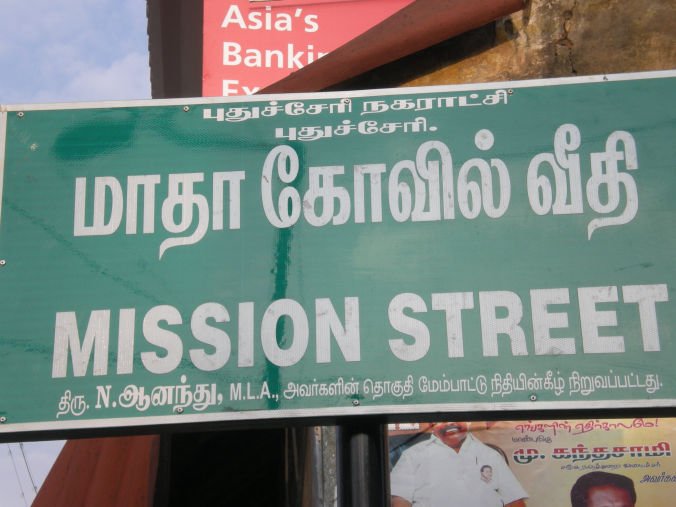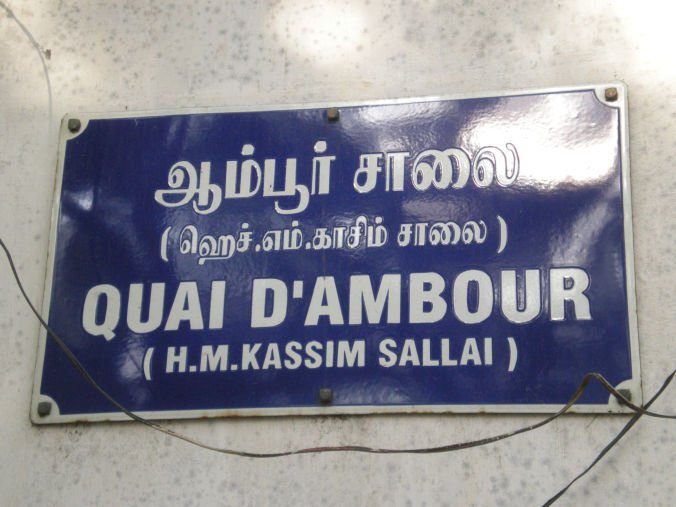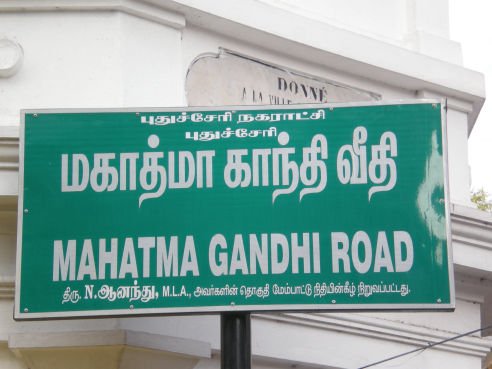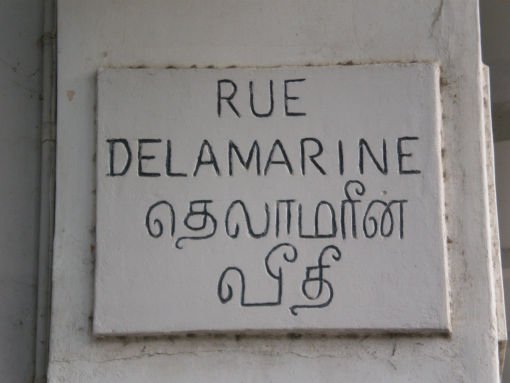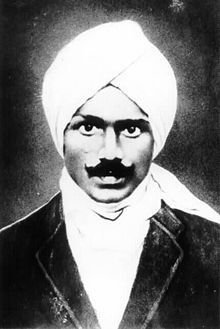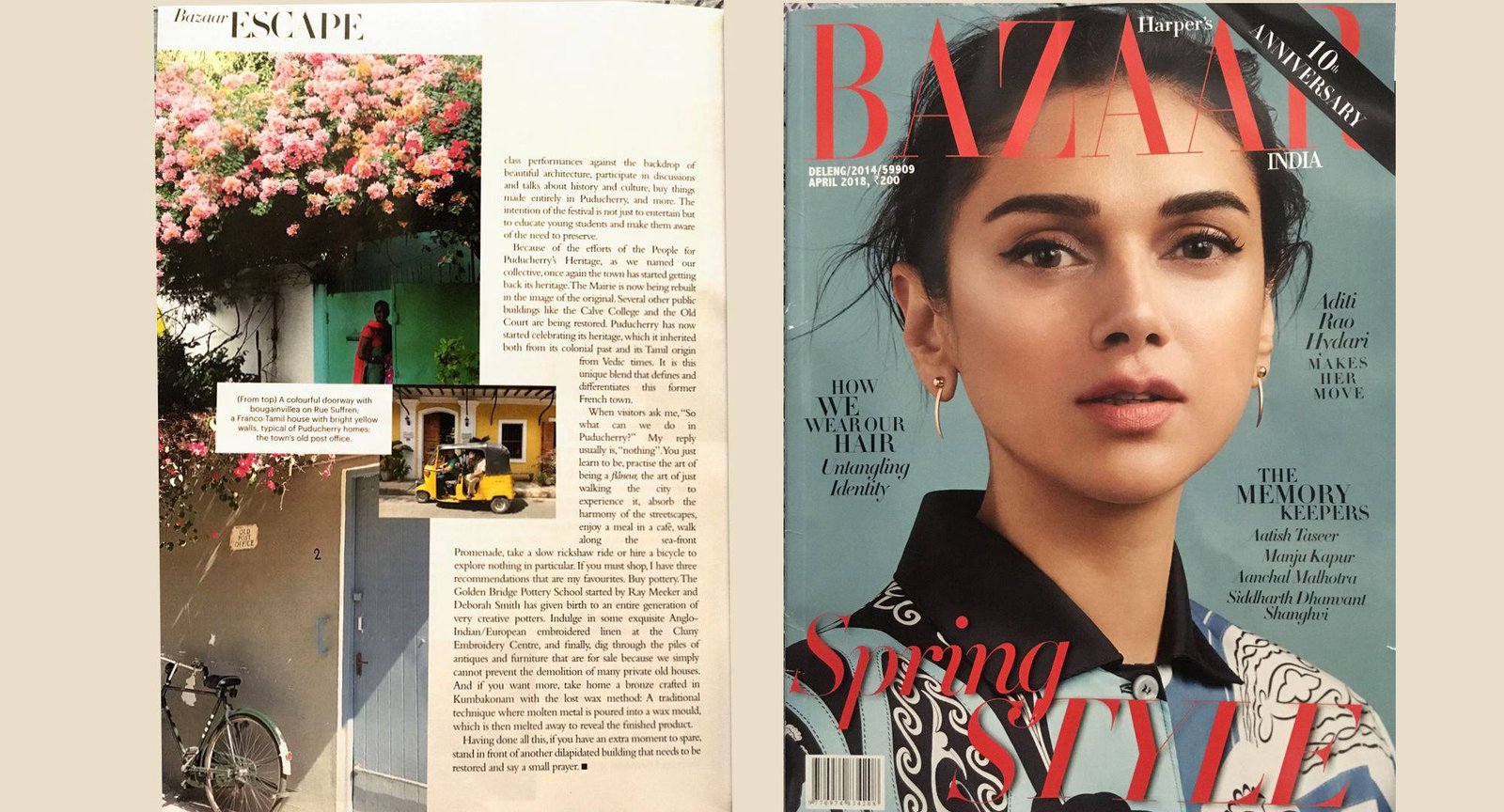“ There is no English equivalent for the term, just as there is no Anglo-Saxon counterpart of that essentially Gallic individual, the deliberately aimless pedestrian, unencumbered by any obligation or sense of urgency, who, being French and therefore frugal, wastes nothing, including his time which he spends with the leisurely discrimination of a gourmet, savoring the multiple flavors of his city.”
-Cornelia Otis Skinner, Elegant Wits and Grand Horizontals, 1962
Time stops in Pondicherry, today called Puducherry, or rather time expands to invite the traveller to lay down her/his dusty bags, to close the computer and to kick back and enjoy doing nothing, absolutely nothing. The beginning of all real creativity. Guests at Gratitude come to rest, to explore the town, to write, to dream, to wander, to sit, to savour the moment.
The poetry of the place lies waiting to be discovered.
North of the Canal in Tamil Town, all is hustle & bustle, traffic, noise, crowds, commerce, sprawling urban development.
Gratitude is situated in the heart of the old French colonial “White Town” and only the early morning birds playing with the singing squirrels & the midday quarrelsome crows can disturb the peace and tranquility of the courtyard. Venture outside into the bougainvillea covered streets and you will find a delightful selection of cafés, hidden courtyards and rooftop hideaways. Aficionados trade personal favourite locations for the best espresso, the perfect cappuccino, the sinful pain au chocolat. It is a most light-hearted debate in the spirit of Baudelaire’s ‘gentleman flâneur’ and the jury will always be out on this subject as new venues open as fast as old ones change or close.
The architectural heritage of Pondy is divided by the canal, French colonial by the seafront to the south, and Tamil branching out in all directions north of the canal. Both sides offer a mixture of cultural surprises and curiosities for Susan Sonntag’s ‘voyeuristic stroller’ who enjoys savouring the city as a ‘landscape of voluptuous extremes’.
Lady “flâneurs” have obviously constructed their own traditions and also “wander aimlessly” with great panache these days.
For the early risers stepping out to see the dawn is always an adventure. Locals in Pondy enjoy taking their exercise by the seafront on Goubert Avenue before going to work and the police close the whole seafront stretch of road to traffic between 5 & 7 a.m. so the atmosphere is charmingly ambulatory.
If you start early enough, stroll up from Goubert Avenue into Tamil Town and catch a piping hot cup of tea or coffee at one of the roadside stalls, you will still be able to enjoy the luxurious breakfast back at Gratitude later.
The big central food market, Goubert Market or simply “The Big Market”, will be busy with local farmers delivering their fresh produce. Indubitably, South India is the bread basket of the sub-continent. The array of fresh vegetables, herbs, fruit & spices is a fine sensory experience. Of course, there is a lot of noise so it is not just the eyes and nose that are being assailed. If you want to experience total auditory mayhem, step into the fish market hall. Here the fishwives sip tea, gut fish and shout in no particularly discernable order. By 8.30 a.m. the excitement seems to die down in direct proportion to the smell. Definitely time to beat a hasty retreat and head back to Gratitude for breakfast!
Pre-prandial Peregrinations in Pondy:
There is no more delightful pastime in Pondy than taking an early evening pre-prandial stroll to some designated watering hole whilst dabbling in a spot of historical dilettantism. Road names provide an accelerated crash course in Indian and colonial history and an advanced test in orientiering.
In and around Pondicherry ancient Dravidian, Moghul and Muslim dynasties have survived or succumbed to an impressive succession of traders and invaders, ranging from the Greeks, Romans, Turks, Persians and Mongols to the Dutch, Danish, English and, most spectacularly, to the French.
Behind the innocuous-looking blue and white street signs lie centuries of bloody struggle, devious plotting, imperial greed and shrewd, dangerous or inspiring ventures which dictated the lives of local fishing and agricultural communities. Street names commemorate men of the sword, men of the cloth, traders and imperial brigands, courtiers, commissioners, petitioners, functionaries, soldiers of fortune, politicians, crooks, dreamers, freedom fighters, traitors, heroes and all the usual suspects between!
Let us start with a visionary philosopher. Gratitude is situated on one of the few streets named after a French literary figure, Romain Rolland, in what is still called “White Town”, t7he French colonial heritage district of Pondicherry between the seafront and the Canal.
Upon enquiry I discovered that the redoubtable Monsieur Rolland had supported Indian freedom fighters in the early twentieth century, and is renowned for having written :
“If there is one place on the face of earth where all the dreams of living men have found a home from the very earliest days when man began the dream of existence, it is India.”
